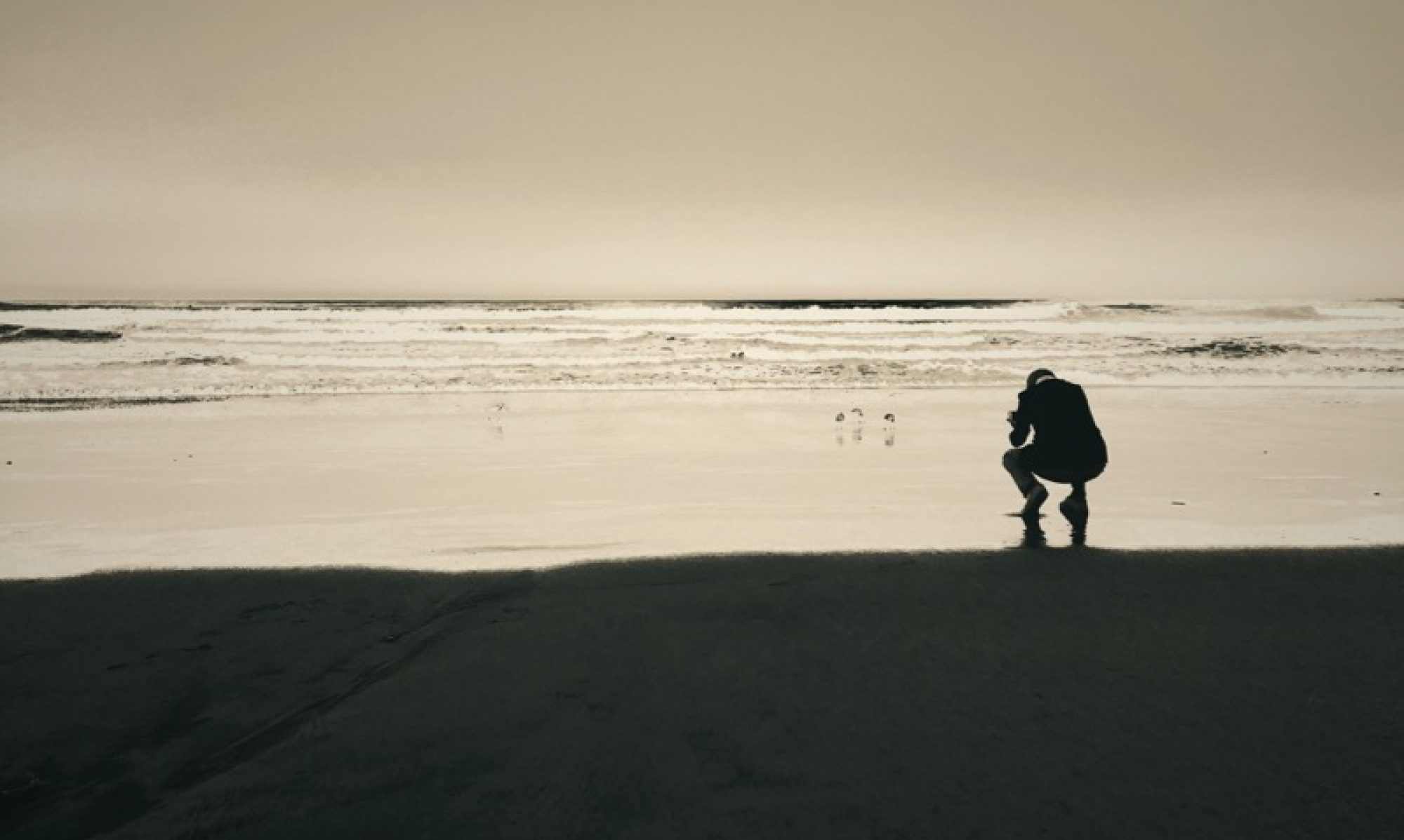One could argue that way too many people read things such as the “Harvard Business Blog” and think that at such places there is any clue to be found on what, for example, will happen to the “photography business”. This reminds me of stock (as in: New York Stock Exchange, etc.) analysts: It does not take a rocket scientist to figure out that if there was a way to somehow quantify what their consensus is at any given time, and then just do the exact opposite of what that consensus so convincingly suggests, you’d have your money tree right there. (Admittedly, this a pet peeve of mine: Analysts, amazingly, never seem to bother much with the actual quality of a product, or management of a given company; inevitably, they miss almost all of the most interesting opportunities, or only flock to them when it is too late.)

However, despite my general doubts about the value of over-“analyzing” the “marketing” end of things, and the group think that goes along with it, I share some of the sentiments in today’s piece by Rob Haggart (aka “A Photo Editor”) on the “Future Of Photography”. Few things make me as happy as the demise of the so called “middle man” in almost all creative fields, thanks to the web and related technologies, and the immediate access of individuals to these technologies. It’s like a strong photo: Strip away the unnecessary parts, and you have an overall much more exciting picture. Haggart seems to suggest, and I couldn’t agree more, that this should be *welcomed*. His piece is certainly biased insofar he comes from a strong editorial background. But I find it a good snapshot of what is going on *now* (not necessarily on what is going to happen next). You can read the entire thing here. Excerpt:
“[…] Consumers have more time and money to spend elsewhere because services that used to be complicated and costly became efficient. […] Consumers will spend some of that extra time and money with their favorite photographers if you give them the opportunity.
It’s not so crazy to think that consumers who used to pay for the New York Times and now read it online for ‘free’ will take some of that saved money and even time and spend it on books by their favorite NYT writers and photographers.
It’s not much of a stretch to think that photo essays and stories that magazines used to commission and then distribute to consumers sandwiched between $140,000 worth of ads will be commissioned by advertisers and distributed through new media channels to reach even more consumers. […] Are you making yourself available to these people? […] The audience is now in charge.”
